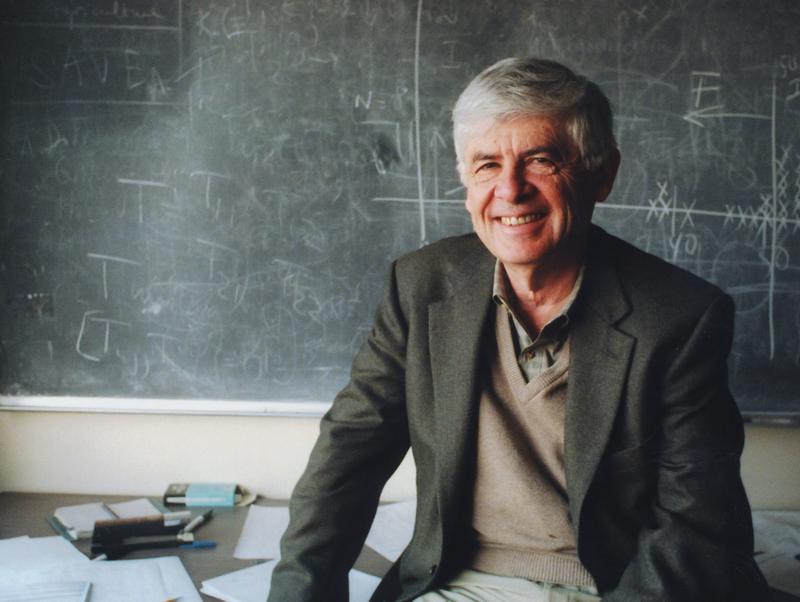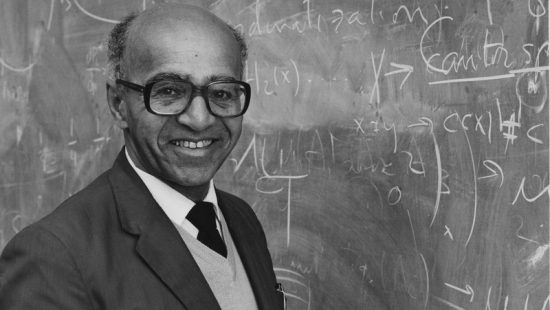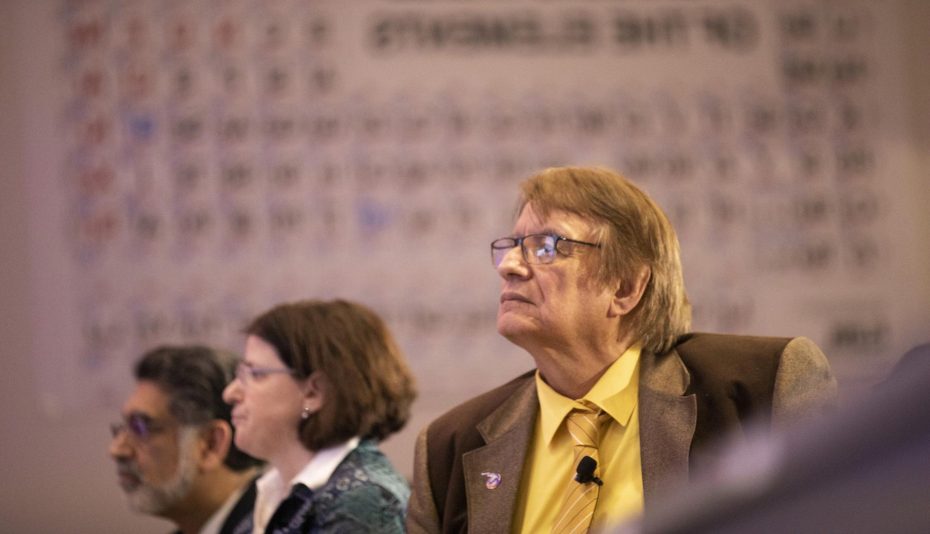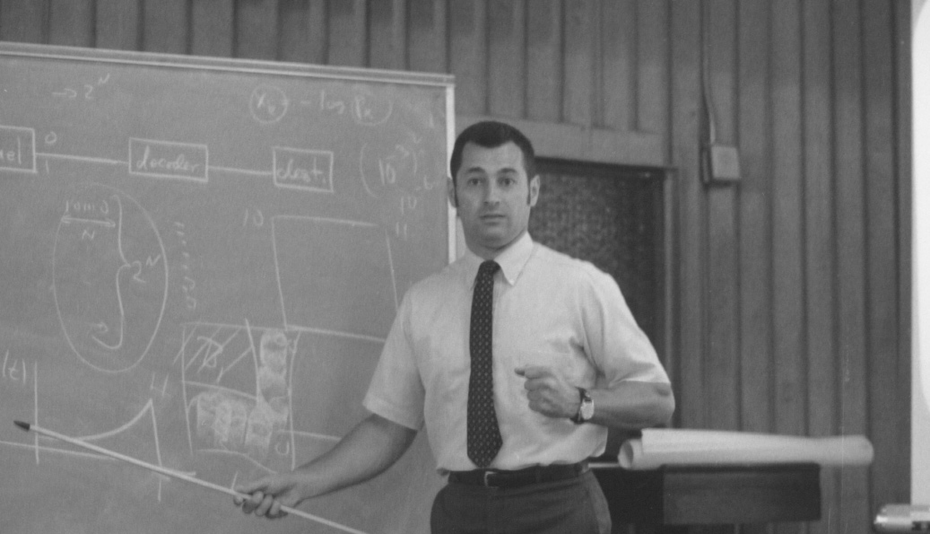When Alexandre Chorin was a boy a relative used to ask him math questions. The young Chorin found that not only was he interested in math, but that he also was good at it.
Decades later that mathematical knowledge would put Chorin at the forefront of fluid mechanics as he developed computational methods to simulate the flow of fluid and air. His methods are used in a variety of applications, ranging from airflow over airplane wings to the flow of blood through veins and the heart.
The International Council for Industrial and Applied Mathematics, in awarding Chorin the 2011 Lagrange Prize, said he “developed some of the key mathematical and algorithmic ideas that underlie many of the most powerful computer codes in computational fluid dynamics.”
Born in Poland in 1938, Chorin’s family fled Europe as the Nazis rose to power. He earned a doctorate in mathematics from New York University in 1966. He joined the faculty at the University of California at Berkeley in 1972, where he later became chief scientist at the Lawrence Berkeley National Laboratory.
He is a member of the National Academy of Sciences.
By Robert Warren








